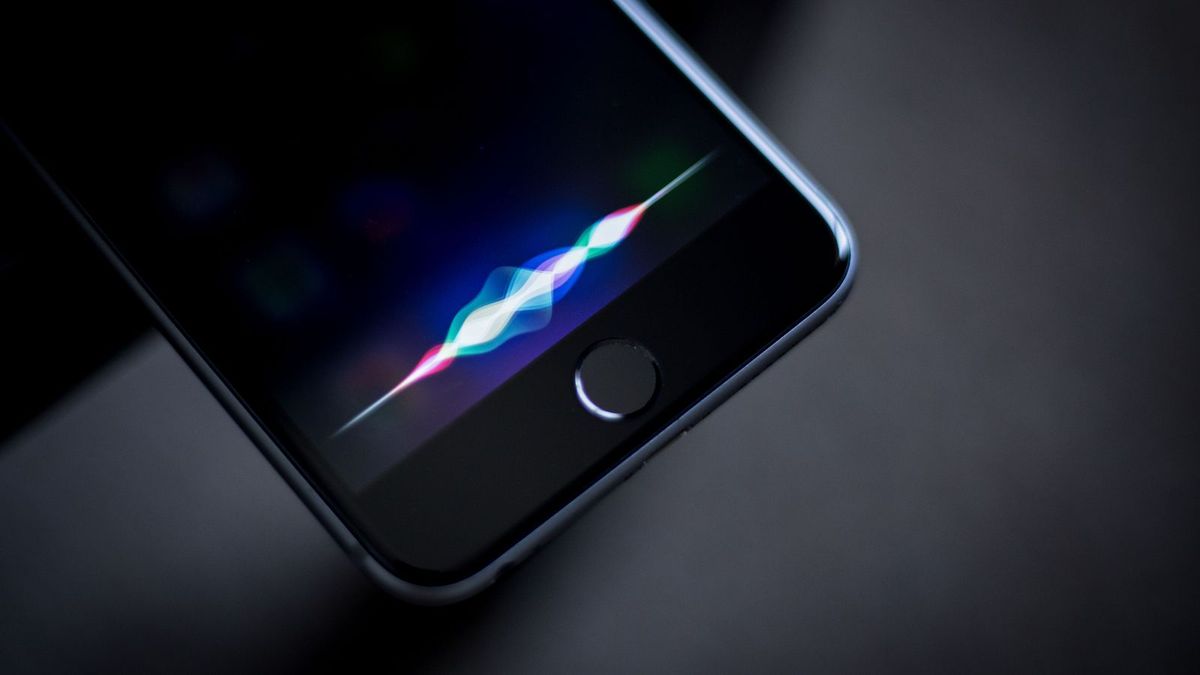A Brief Chatbot History, from the 20th Century to Now

Did you know that chatbot history dates as far back as the 1960s, well before the average consumer had access to the internet? Chatbots have come a long way since the second half of the 20th century. From simple conversation partners, they turned to powerful promotional tools for media brands and e-commerce businesses. So, where did chatbots get their start? How is the way we use chatbots today different than in the past? It’s time to bone up on your chatbot knowledge with this brief history of chatbots.
The Humble Beginnings of Chatbot History
One of the first bots in Chatbot history was the Eliza chatbot. MIT professor Joseph Weizenbaum developed it in the 1960s. The Eliza chatbot took the form of a psychotherapist who responded to the user with questions. This recursive form of dialogue was designed to demonstrate the superficiality of human-machine communication. Weizenbaum was surprised to find that users, most infamously, his secretary, because quite attached to the bot.
Eliza born in a time before natural language processing was available. It simply took keywords from a user’s message and offered a question about it (like “What do you think about _____?”). Thanks to the established context of talking to a psychotherapist, this question-based conversation felt quite believable and was a great tool for self-reflection. Because of this, the Eliza bot was able to pass the Turing test. At least until chatbot communication became a bit more refined.
The next big name in chatbot history was the ALICE chatbot. Standing for “Artificial Linguistic Internet Computer Entity,” ALICE was developed in 1995 by Richard Wallace. Unlike Eliza, the ALICE chatbot was able to use natural language processing, which allowed for more sophisticated conversation. The ALICE chatbot was revolutionary, though, for being open-source. Developers could use AIML (artificial intelligence markup language) to create their own chatbots powered by ALICE. Spike Jonze cited ALICE chatbot as an inspiration for his film Her.
Changing the Chatbot Definition: From Social to Promotional
Our next stop in our brief history of chatbots is when they made the transition to messaging platforms outside of standalone applications. Perhaps the most well-known example of this is SmarterChild, a sassy chatbot that launched in 2001. Closer to the experience we have with chatbots today, SmarterChild was ahead of its time. It brought NLP to SMS networks and AOL Instant Messenger and served as many users’ introduction to chatbots.
In addition to making conversation, SmarterChild carried out many useful tasks, providing news, weather, stock info, sports scores and much more. This demonstrated and popularized chatbots’ potential to serve as sophisticated digital assistants, all via popular messaging channels. It’s also worth noting that SmarterChild was only one of many chatbots developed by Active Buddy, who was eventually acquired by Microsoft. Active Buddy offered many promotional bots as well (including an Austin Powers-themed bot), changing the chatbot definition of the time by establishing them as novel marketing tools, not just conversation partners.
Less than a decade later in 2009, Chinese messaging giant WeChat launched with chatbot support. This service made it easy for developers to build native bots, leading to a sort of chatbot renaissance. Because shopping is inherently social in China (shoppers rely on recommendations from friends and family before making a purchase), marrying shopping and chatting was a natural fit. The resulting boom in commerce and promotional chatbots would eventually pave the way for our modern era of chatbots.
The Latest in Chatbot History: From Messaging Apps to Operating Systems
Before the West would fully embrace chatbots in messaging apps, we’d talk to ones built into our mobile devices. Siri was the first mainstream assistant built natively into a mobile OS, released in 2010. With Siri, users could interact via text or voice, accomplishing many tasks easily via natural language. Like other mobile assistants to follow, Siri’s feature set extended into tasks that could be performed across the device’s operating system, including apps that users installed on their devices.
Siri’s popularity would inspire Google Now in 2012 (now known as the Google Assistant) as well as Microsoft’s Cortana and Amazon’s Alexa in 2015. Cortana and Alexa further innovated with their chatbot assistants. Cortana, for example, was available on PCs as well as devices, allowing for cross-platform use. Alexa, meanwhile, was unique in paving the way for smart speakers (which we’ll get to below).
Around this time, chatbots flourished on messaging platforms like Telegram, Slack and others. But because these platforms were relatively niche compared to bigger ones like Facebook Messenger, chatbots took a while to really catch on. It wasn’t until Facebook announced its bot API for Messenger in 2016 that the next step in chatbot history took off. The corporate craze for bot development. Just months later, 80% of companies declared their willingness to develop chatbots by 2020.
The Future in Chatbot History? Voice and Connected Devices
Our brief history of chatbots takes us to the present-day and near-future. In the latest development, mobile assistants are transitioning to other devices like smart speakers. Similarly, niche bots you’re used to talking to via messaging apps are becoming voice apps. Here, the chatbot definition changed again. No longer just assistants for accomplishing tasks, chatbots are serving as the primary interface for managing a whole suite of connected devices.
And it’s not just smart speakers in the home, either. Voice assistants and chatbots are gaining traction in wearable devices from the Siri-powered Apple Watch to the Google Assistant-powered Pixel Buds. Together with the Internet of Things, chatbots are set to revolutionize the way we interact with everything around us, perhaps eventually cutting out the need for computers or mobile phones for the average consumer. The future looks bright for chatbots, and we’re excited to see where things are headed next!
If you have a bot and you want to make it hit the charts, start using Botanalytics.
